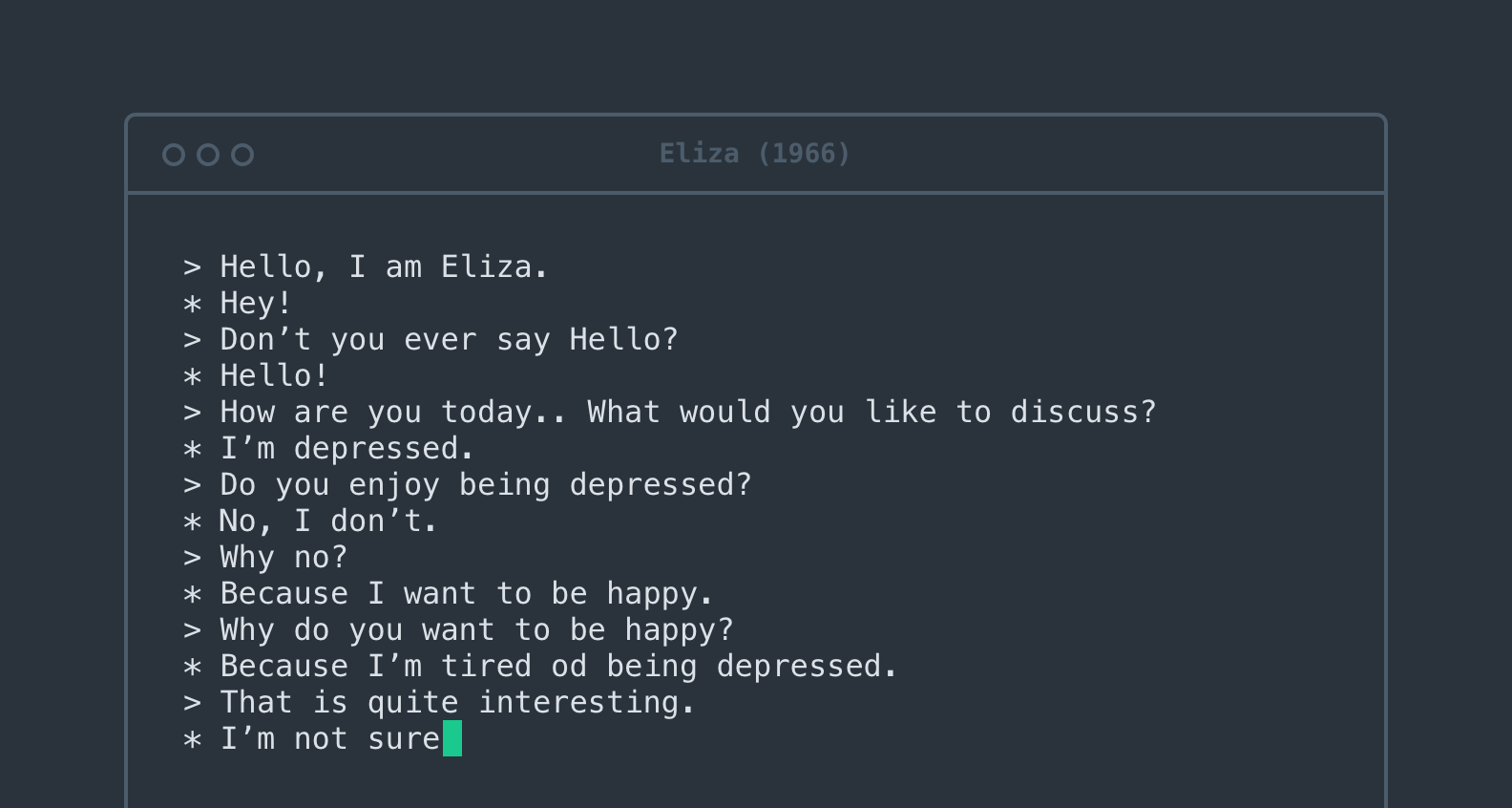

Chatbots in Healthcare: Improving Patient Experience and Outcomes






Over the last 10 years, we have come to see robots perform and execute jobs that were once exclusive to humans – be it, manufacturing cars or filling warehouse orders.
As of today, we are no strangers to the fact that there are multiple industries that AI/ML have significantly impacted over the last couple years. However, the integration of Artificial Intelligence in healthcare with a chatbot as your doctor is set to witness a significant paradigm shift.
We are already seeing image recognition algorithms assist in detecting diseases at an astounding rate and are only beginning to scratch the surface. Chatbots are slowly being adopted within healthcare, albeit being in their nascent stage. Grand View Research stipulates that the global chatbot market is estimated to touch at least $1.23 billion by 2025 which reflects a compounded annual growth rate (CAGR) of 24.3%.
Interestingly, one the first chatbots to be developed, back in 1966, was ELIZA who happened to be a psychotherapist. A computer program that simulated an actual therapy conversation to the extent where end users actually believed that it was a human at the other end.
This is what a conversation with ELIZA looked like –

The doctor-patient relationship hasn’t exactly changed much over the years. Being a patient, if you feel something is off, you go to the clinic and talk to the doctor about the problem(s) you are facing. He/She then checks your vitals, scrutinizes a bit, offers a diagnosis and prescribes the relevant medication.
There are times where the doctors are busy, and patients often take an appointment for an illness that would have passed with little rest, or in some cases where patients tend to fail in following up or following thorough the treatments once they leave the clinic.
That apart, there are a myriad of health-related queries and questions that honestly do not need the attention and time of a doctor. However, these questions can’t be left unanswered as well given that they may result in concerned people feeling even more nervous and clueless.
Imagine parents with a newborn baby. They have absolutely no experience. They will hound doctors with questions on their child’s well being. Be it baby’s temperature, sleeping routine, vaccinations, etc. Multiply this with ten new parents asking the same set of questions to one doctor day after day. These are all relevant and important questions, but they do not need a response from a doctor.
This, along with the scenarios above is where a chatbot that is continuously supported and gradually taught by doctors can step in.
An intelligent chatbot can guide the concerned parents or patients by understanding and assess the symptoms that they are experiencing and identify the care that they need. With a chatbot as your doctor, patients can receive immediate assistance at the touch of their fingertips.
Health bots can also engage and improve the overall patient experience — without the need for a customer support team or a physician on the other end. Additionally, they can also assist with setting up an appointment with the doctor at the right time based on the doctor’s schedule and hours.
This is how conversations with a healthcare chatbot may go like —
Patient: Hello
Chatbot: Hey Jeff! What can I do for you today?
Patient: I’m running a temperature and getting the chills.
Chatbot: I’m sorry to hear that. The data from your smart band shows a temperature of 101 F with a regular pulse. How long have you been getting the chills?
Patient: Since last night.
Chatbot: I recommend you see your GP Dr. Susan. I’ll go ahead and schedule an appointment.
Chatbot: Hi Sam! How are you feeling today?
Patient: I have been feeling dizzy for the last hour.
Chatbot: Oh! Are you running a temperature?
Patient: Yes, 39*.
Chatbot: I see. You might be running a fever. The doctor is available after 6 PM today. Would you like me to book an appointment for you?
Patient: Yes, please!
Chatbot: Done! I have fixed your appointment.
As of now, use cases for healthcare chatbots include:
The primary use case of a chatbot as your doctor is to free-up a doctor’s time by cutting down or eliminating unnecessary appointments. Given the sky-rocketing operational costs, healthcare organizations are always looking for ways to keep them down while simultaneously improving the patient experience.
Apart from saving time, these intelligent chatbots can also execute tasks related to billing, stock, and insurance claims management as well.
On four different structures namely –
Natural language processing is used to assess and understand a patient’s queries and is closely followed by knowledge management when it comes to providing an answer. Deep learning assists the healthcare chatbot in improving the for each interaction while sentiment analysis identifies the user’s frustration and hands over the conversation to a human.
With time, deep learning will help the healthcare bot in ameliorating the responses for every single interaction and also generate context-based replies through Natural Language Generation.
This way, a chatbot would be a better fit when it comes to patient engagement as compared to a standalone mobile application.
Down the line, the healthcare chatbot’s function of being able to answer fundamental questions on health management will get even better as it will be constantly assessed and will learn from its own mistakes.
The best part? This process will not be limited to just one bot. The entire fleet of chatbots deployed in that particular vertical/service will learn from the past mistakes and continuously improve. With bots processing information rapidly, through sentiment analysis, they will learn when to direct the patient to a physician’s attention or call for help themselves.
Healthcare companies ideally need to formulate an effective strategy for implementing emerging technologies like chatbots and AI by first defining the bot’s scope of knowledge.
What is the one key thing all healthcare organizations aim for? An enhanced patient experience.
For an unparalleled patient experience, your healthcare chatbot must come across as natural and straightforward while being available round the clock, understand and empathize with the patient and ultimately engage them in conversation by providing personalized and intelligent recommendations.
Post that, you must also leverage cutting-edge technologies and machine learning for your chatbot to get smarter over time as it starts receiving more data through patient interactions. Lastly, healthcare organizations should have a repository of data that is inclusive of their FAQs, online forms, email and call center records which the bot can leverage to further personalize the conversations.
Should we expect a bot revolution in the Healthcare industry?
Chatbots and Artificial Intelligence today are already revolutionizing different industries, including banking, hospitality, and e-commerce to name a few. Intelligent chatbots in healthcare will be a crawl-walk-run endeavor, where the easier tasks will move to chatbots immediately.
Doubtless, to say, the healthcare sector will definitely benefit from the cost-effectiveness of bots with the customer care aspect being automated. The impersonal nature of a bot could act as a benefit in certain situations, where an actual doctor is not needed.
We’re very close to the time where the bot would notify the user that it is time for their health check-up based on past medical records and schedule an appointment, or book a pathology lab visit to your home for your quarterly sugar test.
It is safe to say that the healthcare industry is right on the verge of being bot-o-mated very soon.
If you’re considering incorporating chatbots and AI within your business processes and are keen on learning more about implementing the technology or the assistance they might offer your enterprise, do get in touch with us.


